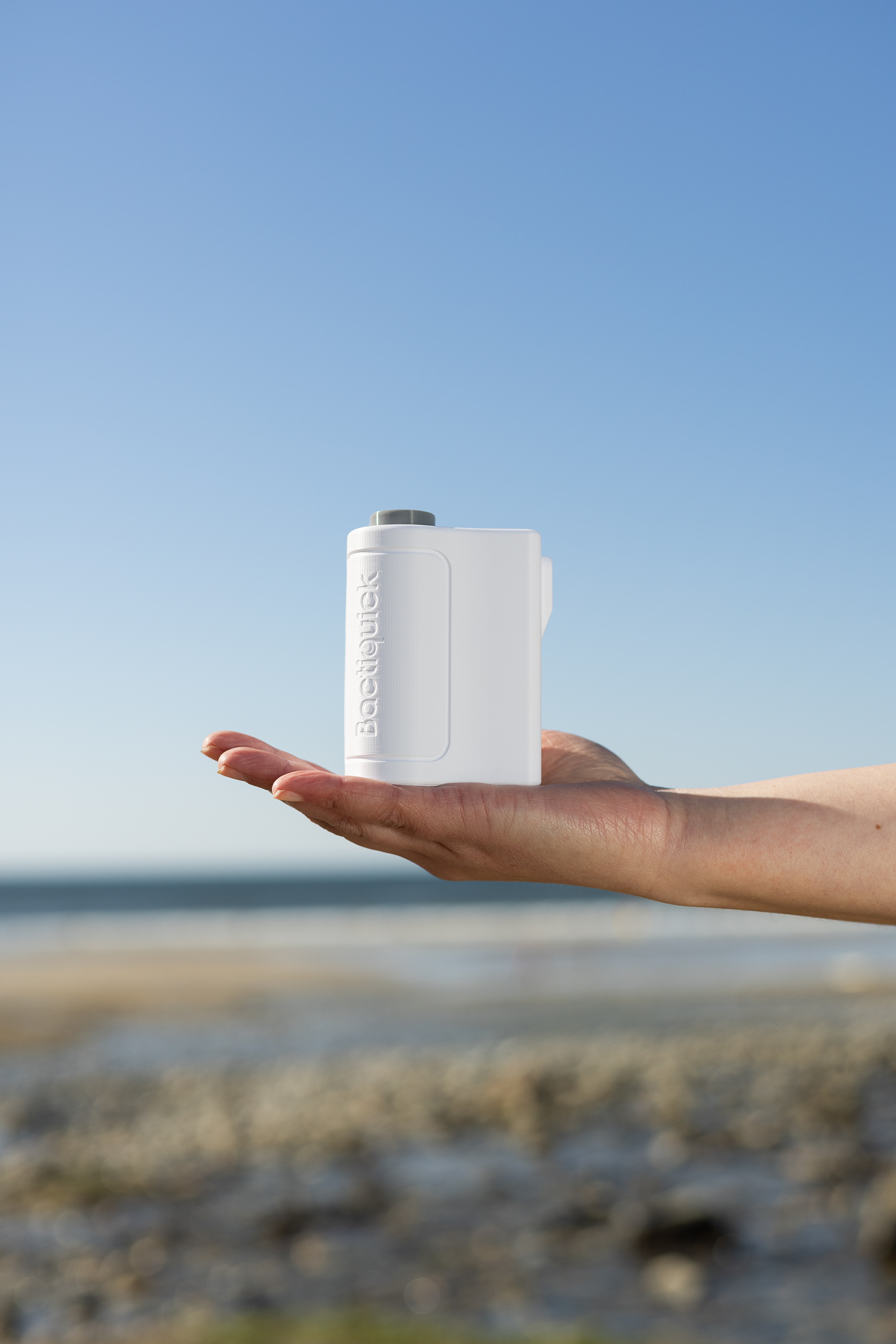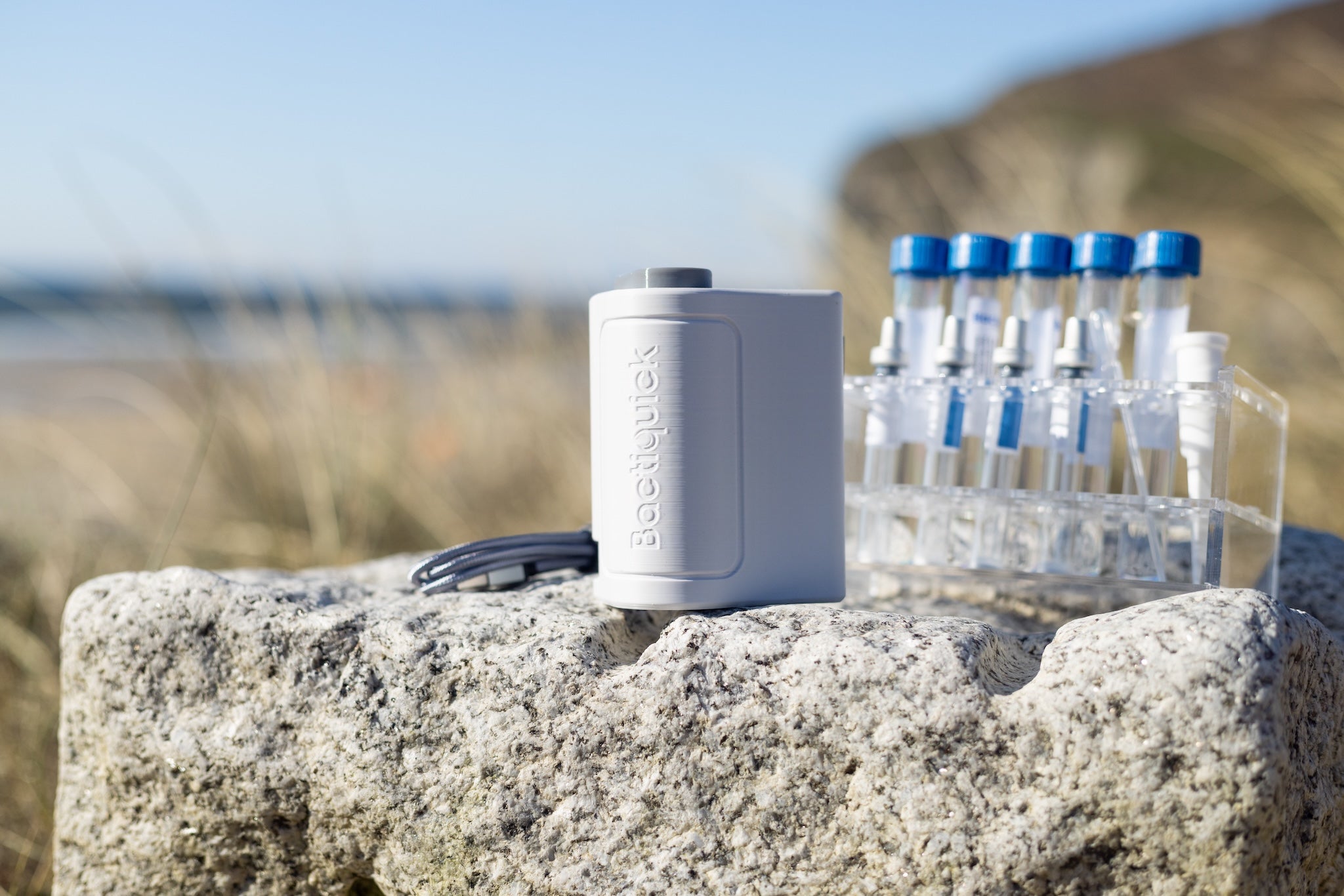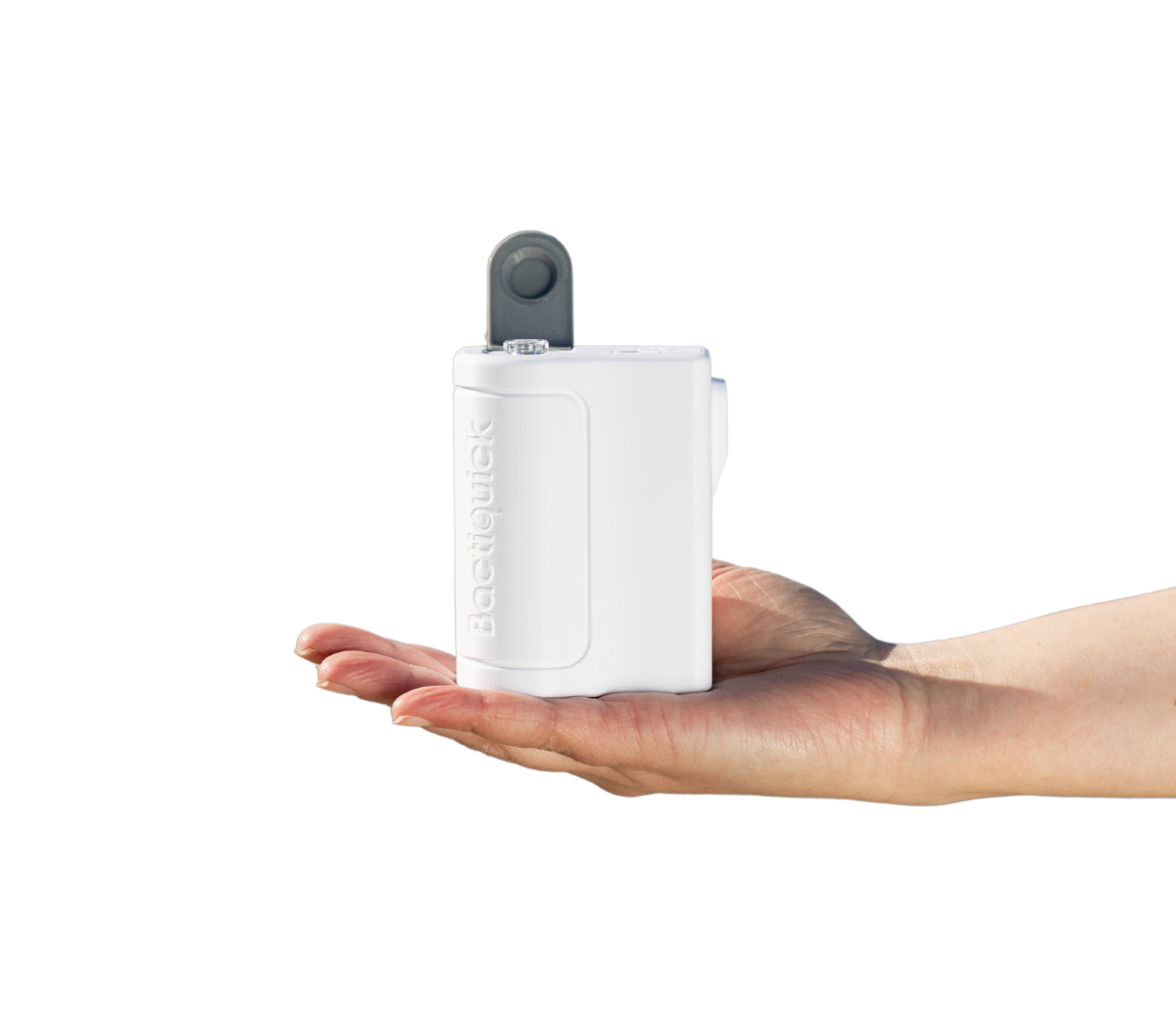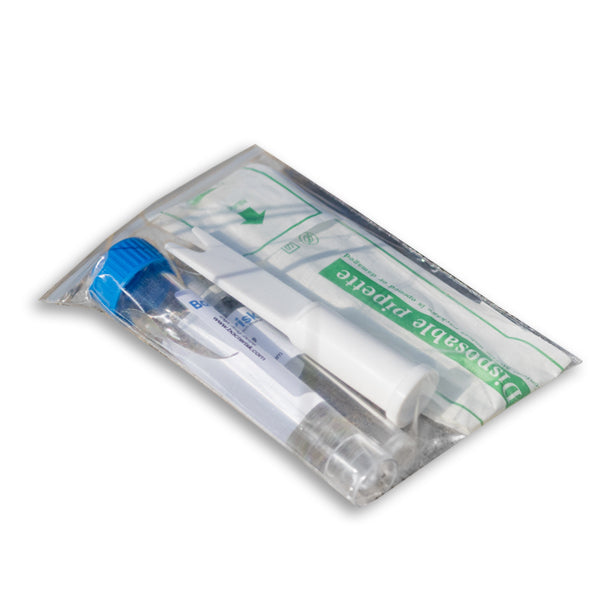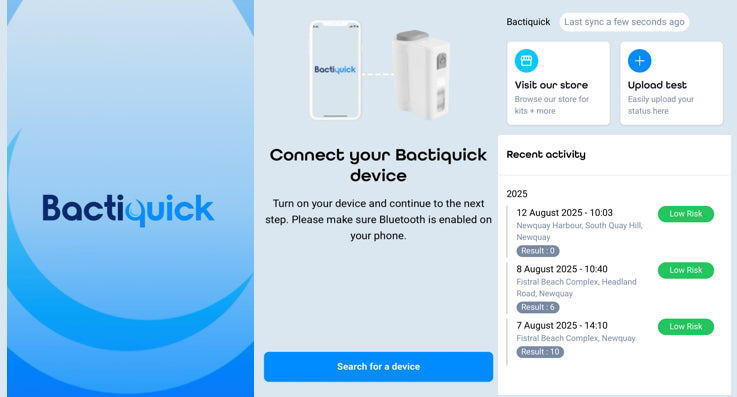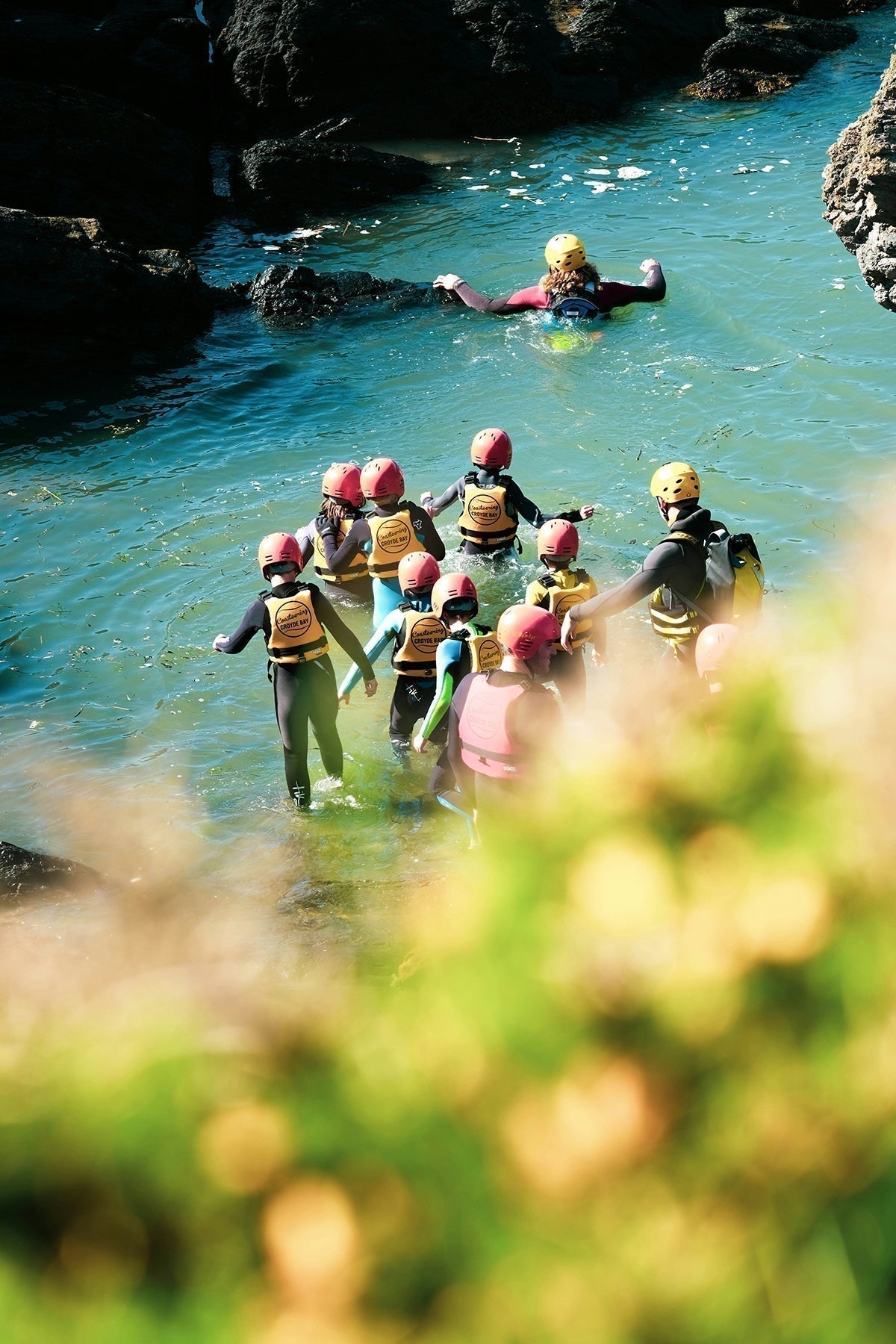
Why Real Time Water Testing Matters
Our Rivers and Ocean are Often Contaminated with Harmful Bacteria
From untreated sewage to agricultural runoff and wildlife, our waters are frequently polluted with bacteria from a variety of sources. These not only harm the environment but also pose serious risks to people’s health.
It’s widely known that the UK ranks last in Europe for bathing water quality, and in 2024 the Environment Agency reported that sewage spills into England’s lakes, rivers, and seas more than doubled.
The Problem with Current Water Testing Methods
Traditional water testing methods take more than 24 hours. By the time the results are known, people have either been exposed to dangerous bacteria or have unnecessarily missed out on doing what they love.
Most tests only detect E. coli and enterococci, ignoring other pathogens like Salmonella and Leptospira – which have increased by 60% in the UK.
On top of this, water quality changes quickly – sometimes in a matter of hours – and testing isn’t carried out regularly enough, failing to capture real-time pollution events. The number of tests being carried out also drops drastically outside of the official bathing season, leaving water lovers exposed to the risk of getting ill for much of the year.
And water quality changes significant throughout the day depending on tides, currents and wind direction. So, a beach with high levels of bacteria in the morning, could be perfectly safe by the afternoon. This means coastal economies often suffer from unnecessary or prolonged closures of beaches and bathing spots. Everybody loses out.
Sewage Pollution Alerts Only Tell Part of the Story
While sewage pollution alerts provide some indication of contamination, they don’t include other sources of bacteria like farm run-off, wildlife, septic tanks and boats. They also can’t account for the many variables - tides, currents, wind speed, and direction - that determine where bacteria end up.
Sometimes, you can see and smell the pollution - but often, you can’t.
Even if there is a sewage alert for your area, the water quality might be low risk at your particularly swim spot or time. Or you could be swimming, surfing, or paddling in water with high levels of bacteria, despite there being no active alert.
Without real time water testing, there’s no way of knowing for sure whether the water you’re about to enjoy contains high levels of bacteria.

